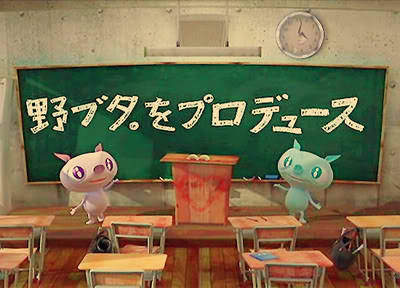Let me introduce you to a thing that I think many native Japanese people aren't too familiar with:
精米機
( せいまいき / seimaiki )
 |
| pour the rice in here |
You non-Japanese people are saying: "What's this?"
You Japanese people are saying: 「これ何!?」
Well let me enlighten you. Simply, this could be called a rice cleaning machine. If you don't know yet, rice isn't born white. After the rice grows to its maturity, the farmer takes a blade to it and decapitates it. They collect all the heads and then strips each one so that each grain comes loose. Unfortunate these grains still have their shells, and, unless you have tons of kids and tons of time, you probably wont try to deshell them by hand. This is where the machine comes into play:
Pour the (shelled) rice into the machine...and out comes beautiful, deshelled, white rice!
 |
| put the bag down here |
Unless your a big-time farmer, you probably don't grow your own rice. You buy rice in big bags like the ones shown above.
1) Bring the bag of rice to the machine (In the country-side these machines can be found everywhere)
2) Usually these machines are coin-operated. So, pay the appropriate amount (300¥ for 30 kg)
3) Open the bag
4) Pour the rice in the hole
5) Place the empty bag under the hole where the rice comes out
6) Start the machine (or it may start by itself)
7) Wait for beautiful rice to come out!
The whole process takes around 5 to 10 minutes.
Now, I said that some Japanese may not be familiar with this. I say this because I think that this is a machine used mostly by country-side folk (like me!). I mean, I just don't expect Tokyo city-folk to use this on a daily/monthly basis (I may be wrong of course).
Well, that's it about rice cleaning machines. If you have time watch this video below. If you don't have time, watch it anyways! (Again, the whole process is only like 5 minutes or so). And if you absolutely don't have time, watch it and fast forward through the boring parts.
Until next time, またね~











































